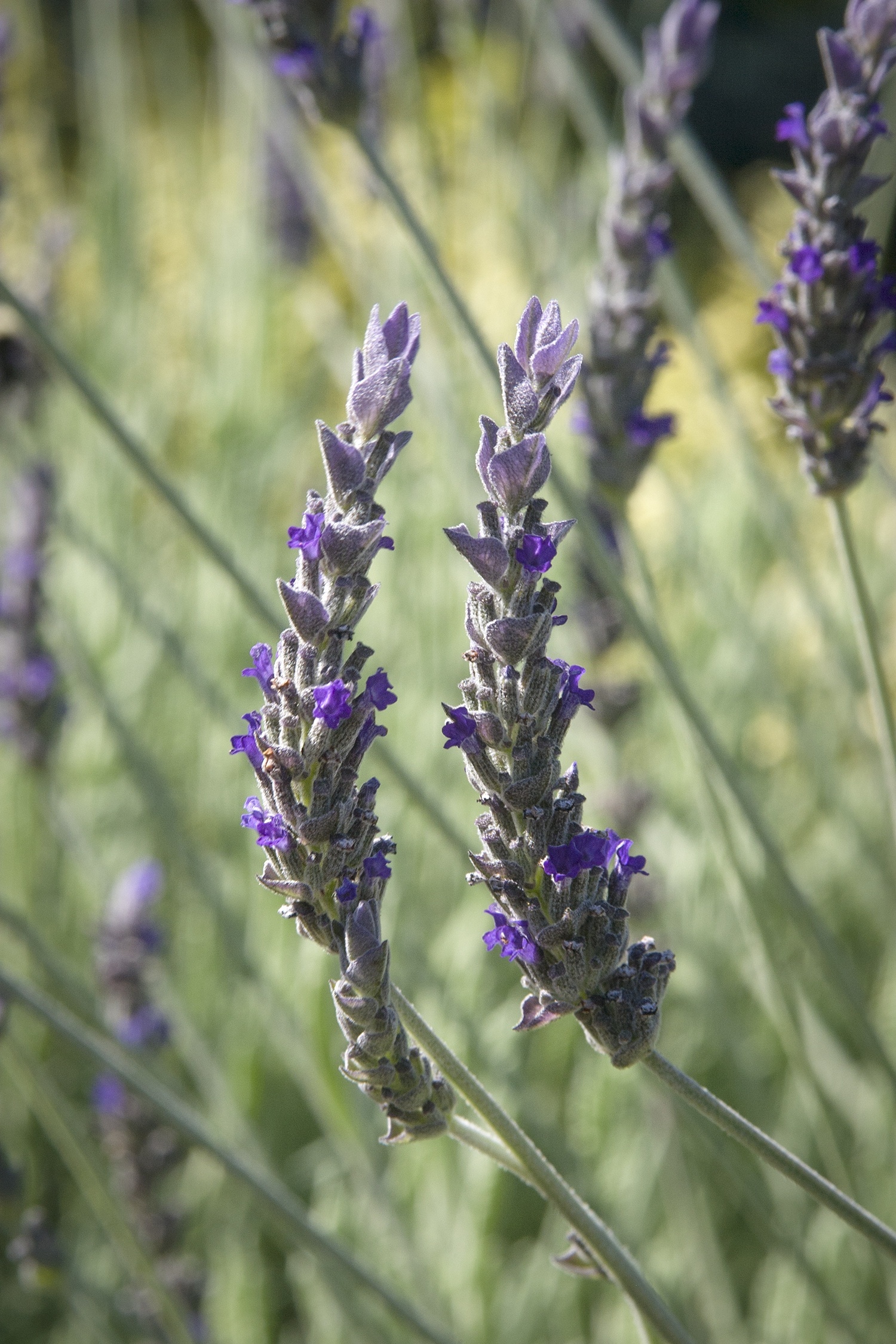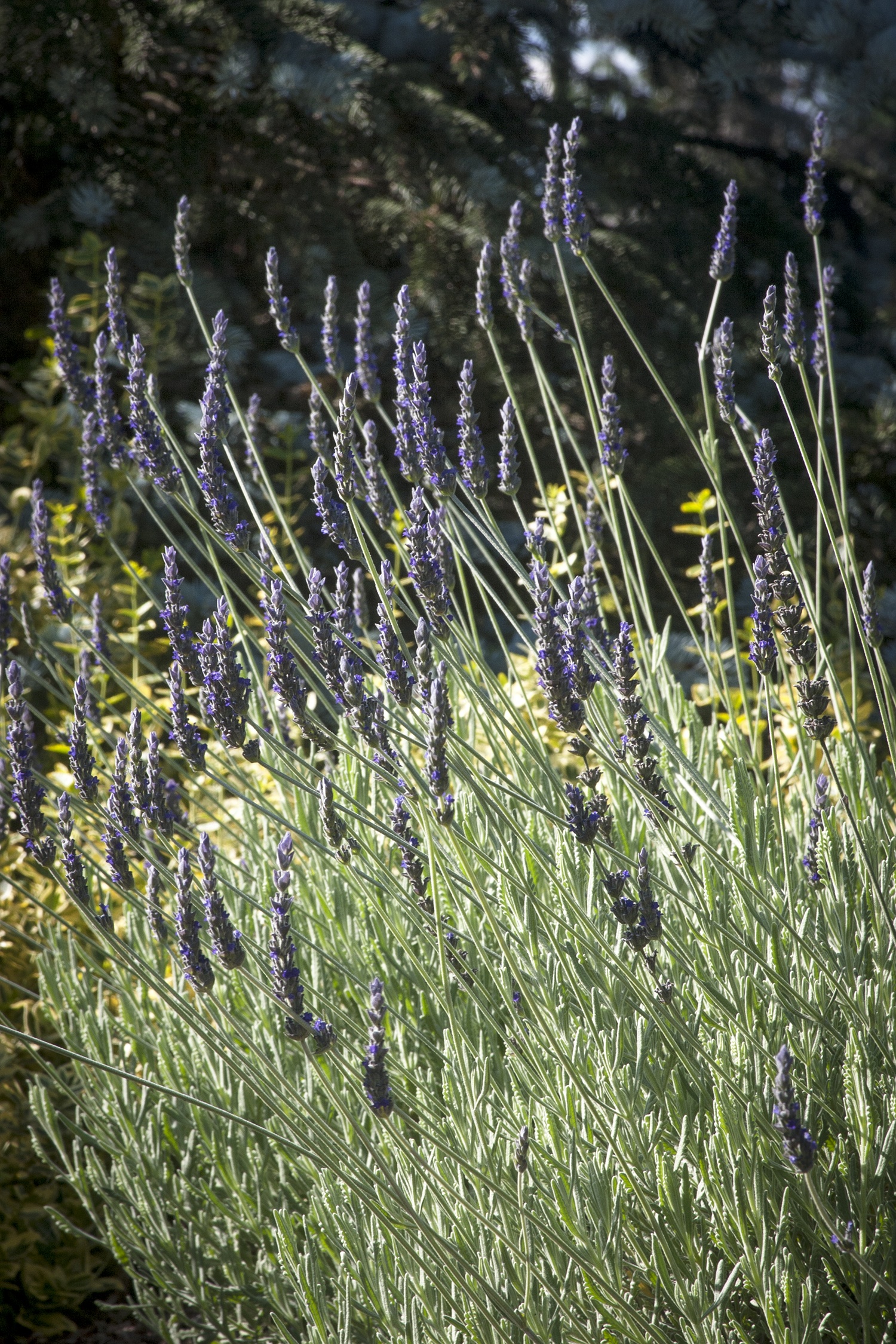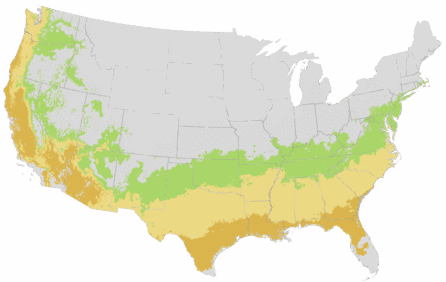You're growing in this Zip Code:
Change LocationDiscover Plants for Your Area
Goodwin Creek Gray Lavender
Lavandula x ginginsii 'Goodwin Creek Gray'
Retailers Near You
No Retailers found within 50 miles of your zipcode
Be Inspired: How to Use this Plant
| Bloom Time | Summer |
|---|---|
| Deciduous/Evergreen | Evergreen |
| Special Features | Dramatic Foliage Color, Easy Care, Waterwise |
| Problems/Solutions | Deer Resistant, Rabbit Resistant, Drought Tolerant |
| Growth Rate | Moderate |
| Flower Attributes | Flowers for Cutting, Fragrant, Showy Flowers |
| Landscape Use | Border, Container, Edging |
| Design Ideas | This hybrid Lavender makes an informal heat-loving perennial to fill borders or a dense edging plant. Also works well as a short hedge either left natural or sheared, which releases its fragrance even when out of bloom. Resistant to heat and some drought, Lavender is perfect for rock gardens, with Western natives or in drought-resistant plantings. |
| Flower Color | Purple |
| Foliage Color | Gray-green |
| Companion Plants | Black-Eyed Susan (Rudbeckia); Rosemary (Rosmarinus); Rose (Rosa); Coneflower (Echinacea); Shasta Daisy (Chrysanthemum) |
| Care Instructions | Thrives in lean, loose, fast-draining, slightly alkaline soil; avoid heavy, soggy soils. Plant with crowns slightly above soil level. Water regularly during the first growing season to establish root system. Once established, reduce frequency; tolerates periodic drought. Remove spent flowers to promote continued bloom. |
| Lore | Genus name, Lavandula is derived from the Latin verb lavoor lavandus - to wash, because it was widely used in ancient Roman baths. |
| Bloom Time | Summer |
|---|---|
| Deciduous/Evergreen | Evergreen |
| Special Features | Dramatic Foliage Color, Easy Care, Waterwise |
| Problems/Solutions | Deer Resistant, Rabbit Resistant, Drought Tolerant |
| Growth Rate | Moderate |
| Flower Attributes | Flowers for Cutting, Fragrant, Showy Flowers |
| Landscape Use | Border, Container, Edging |
|---|---|
| Design Ideas | This hybrid Lavender makes an informal heat-loving perennial to fill borders or a dense edging plant. Also works well as a short hedge either left natural or sheared, which releases its fragrance even when out of bloom. Resistant to heat and some drought, Lavender is perfect for rock gardens, with Western natives or in drought-resistant plantings. |
| Flower Color | Purple |
| Foliage Color | Gray-green |
| Companion Plants | Black-Eyed Susan (Rudbeckia); Rosemary (Rosmarinus); Rose (Rosa); Coneflower (Echinacea); Shasta Daisy (Chrysanthemum) |
| Care Instructions | Thrives in lean, loose, fast-draining, slightly alkaline soil; avoid heavy, soggy soils. Plant with crowns slightly above soil level. Water regularly during the first growing season to establish root system. Once established, reduce frequency; tolerates periodic drought. Remove spent flowers to promote continued bloom. |
|---|
| Lore | Genus name, Lavandula is derived from the Latin verb lavoor lavandus - to wash, because it was widely used in ancient Roman baths. |
|---|
Retailers Near You
No Retailers found within 50 miles of your zipcode
Retailers Near You
No Retailers found within 50 miles of your zipcode
Buy Online
We cannot currently ship this product to your zip code.
About Us
We have been pioneers and craftsmen in the art of growing plants for nearly
100 years. Since our founding in Southern California by Harry E. Rosedale, Sr.
in 1926, we have been absolutely dedicated and obsessed with quality.
We have been pioneers and craftsmen in the art of growing plants for nearly 100 years. Since our founding in Southern California by Harry E. Rosedale, Sr. in 1926, we have been absolutely dedicated and obsessed with quality.







